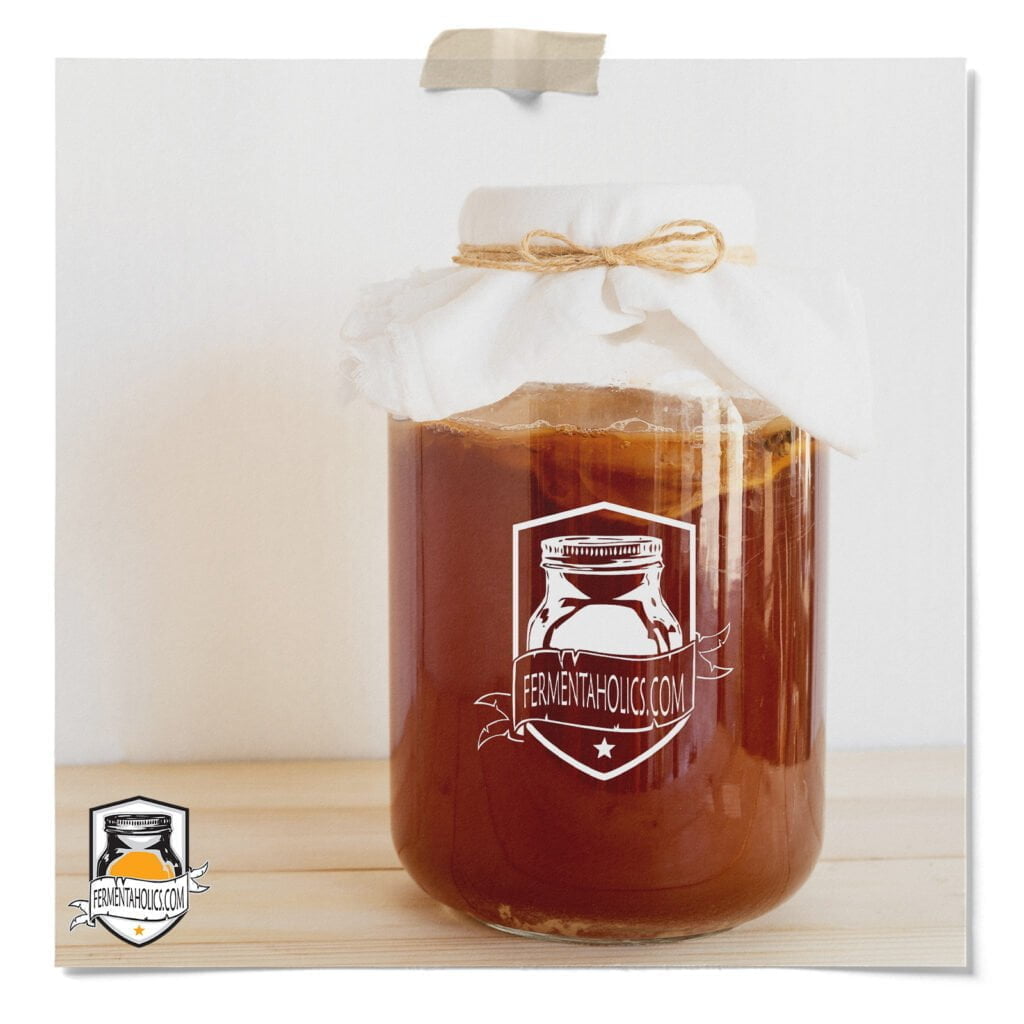
There are several things to keep in mind when choosing a container that is best for you and your SCOBY.
The material of the container, the size of the opening, how well it holds the temperature, and the container’s capacity are all important factors to keep in mind when choosing a brewing vessel (not to mention the aesthetic of it, especially when doing continuous brew!)
You have some options when it comes to the material of your jar. Above all, it should be food grade–no cheap plastics or anything that will leach into your brew (more on this below).
Your SCOBY needs airflow to undergo the fermentation process properly.
A good-sized opening is around 5″-6″, like that of the standard gallon kombucha brewing jar. Avoiding using growlers or any bottle that your hand can’t fit into.
Note: this addresses only the primary fermentation. For secondary fermentation, you want to restrict airflow using airtight bottles that are designed to hold pressure.
This choice is simply based on how much you think you and your family will consume on a weekly-ish basis. Every seven to fourteen days, you will have a new fresh batch to bottle and consume.
Many people love and use a continuous brewing method, and it works great for their lifestyles. If you decide you want to try it, opt for a vessel that comes equipped with a spigot. Many spigots are made with cheap plastic, so be aware of that when you are purchasing. You can buy a stainless steel spigot, wooden, or food-grade plastic spigot and use it in place of the spigot that came with your vessel. For me, I prefer the batch brewing method. I enjoy brewing and forgetting about it for a week–it’s like a nice little surprise waiting in the cupboard!
Do you have a favorite brewing vessel? Share in the comments below!
